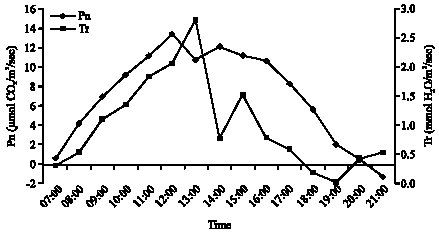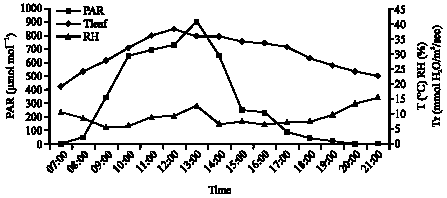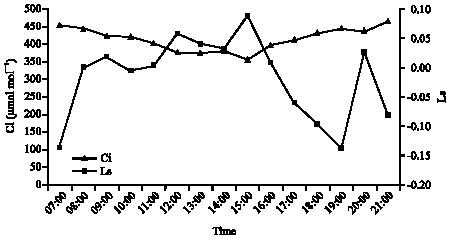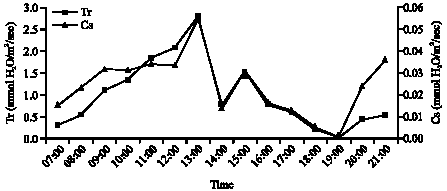Research Article
Study on the Diurnal Changes of Net Photosynthetic Rate and the Impact Factors of Stevia rebaudiana Bertoni in Autumn
Dryland Technology Key Laboratory, Qingdao Agricultural University, Shandong Province, Qingdao, 266109, China
Ma Lei
Dryland Technology Key Laboratory, Qingdao Agricultural University, Shandong Province, Qingdao, 266109, China
Shi Yan
Dryland Technology Key Laboratory, Qingdao Agricultural University, Shandong Province, Qingdao, 266109, China













